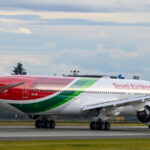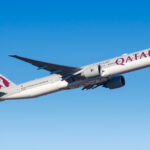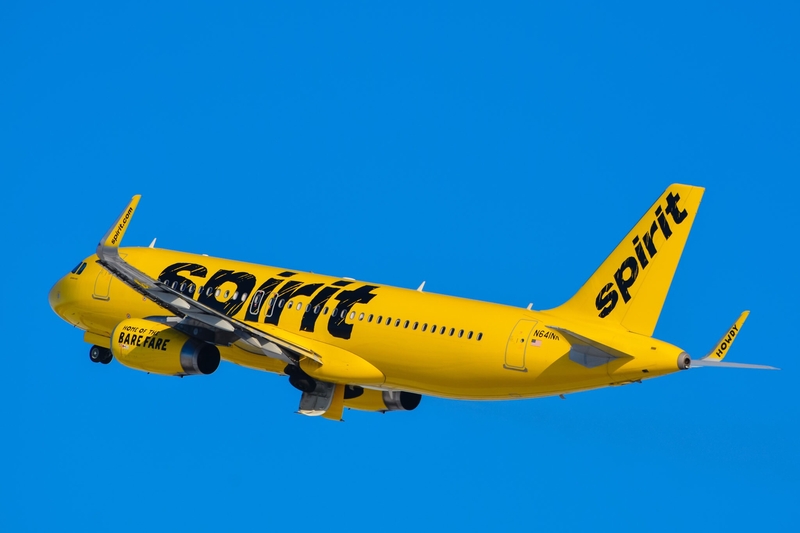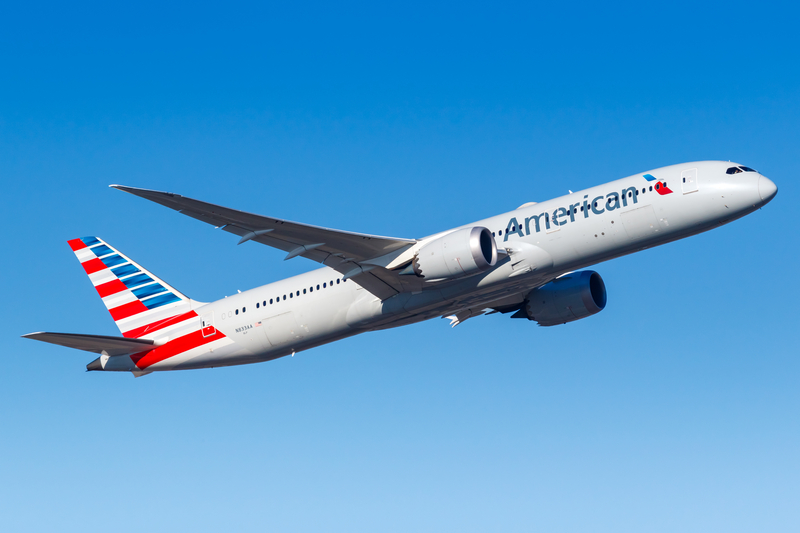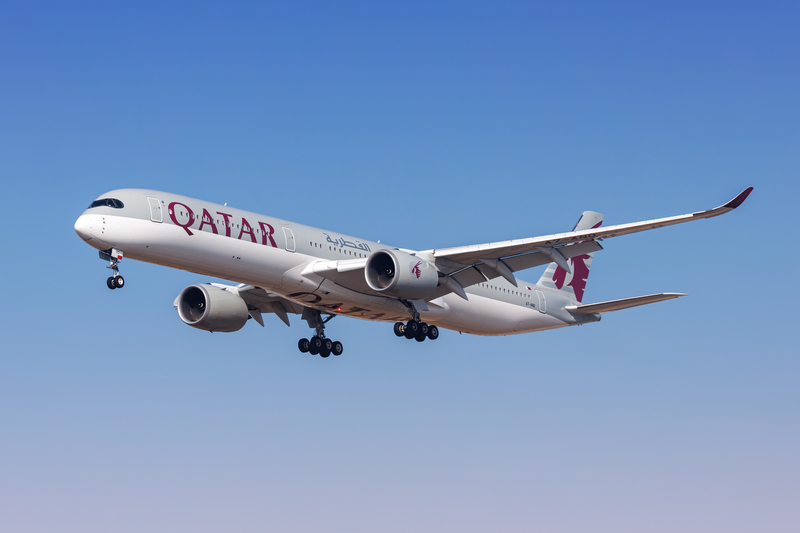EgyptAir Targets US Growth in 2026 With Chicago & Los Angeles
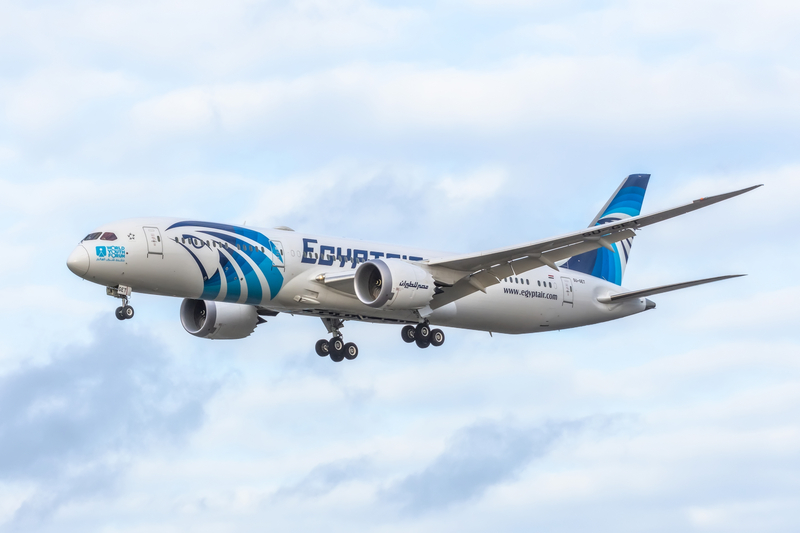
ID 197231882 | Egypt Air © Dezzor | Dreamstime.com
EgyptAir is preparing a meaningful North American push next summer, seeking U.S. approval to launch two new nonstops from Cairo: Los Angeles in May 2026 and Chicago O’Hare in June. On paper it’s a straightforward filing with the Department of Transportation; in practice it’s a strategic bet that blends prestige, alliance connectivity, and a refreshed long-haul fleet. If the plans stick, Los Angeles–Cairo would immediately become the longest flight in EgyptAir’s network and would also give LAX a nonstop to all six inhabited continents.
Why These Cities—and Why Now
Chicago is the logical play. It’s a Star Alliance fortress where United’s vast hub can feed EgyptAir with passengers from across the Midwest and Great Plains, while Cairo distributes them onward to North Africa and the Middle East. Traffic here is a balanced mix of visiting friends and relatives, tourism to Egypt’s marquee attractions, and steady business and cargo demand. The connectivity math is simple: a single connection at ORD or CAI trims hours off typical two-stop itineraries routed through Europe or the Gulf.
Los Angeles, by contrast, is a statement. It’s a sprawling, premium-leaning origin market with powerful outbound tourism, film and media industry ties, and deep diasporas across the broader Middle East and North Africa. But LAX–CAI is also a long, thin route where one-stop competitors—European network carriers, Turkish Airlines via Istanbul, and Gulf super-connectors already sell dense schedules. For EgyptAir, the draw is twofold: genuine nonstop time savings and the branding coup of linking Cairo directly to the U.S. West Coast.
The Metal Behind the Move
EgyptAir’s widebody backbone today is a mix of Boeing 787-9s and 777-300ERs, with A330s still in service. The carrier is also slated to begin taking Airbus A350-900s, which add the range and fuel burn profile ultra-long sectors demand. Expect Chicago to debut on the 787-9—where EgyptAir already fields a competitive reverse-herringbone business class—while Los Angeles is a prime candidate for the A350 once deliveries begin. Either way, winning hearts on flights this long requires more than seat geometry: reliable Wi-Fi, sharper catering, and consistent service will matter as much as the hard product.
Schedule Engineering and Seasonality
Ultra-long routes live and die by schedule logic. EgyptAir will likely lean on late-night departures from Cairo to arrive in the U.S. by late morning or midday, creating banked connections and a humane turn for a red-eye home. Initial frequencies are likely to be modest—three to four weekly—growing only if the year-round revenue picture supports it. Chicago’s demand is steadier; Los Angeles will be peak-heavy, so shoulder-season marketing, stopover offers in Cairo, and tour partnerships become part of the revenue toolkit.
Competitive Realities
Nonstop access is the proposition; yield resilience is the test. Against Europe and the Gulf, EgyptAir’s edge is elapsed time and baggage-through convenience. Against Turkish, it’s fewer back-tracking miles for much of North Africa. The risk is that incumbents answer with capacity or fare salvos during off-peak months. That’s where alliance muscle helps: clean through-tickets with United, clear Star Alliance earning and redemption, and lounge reciprocity lend credibility for premium travelers who have learned to default to one-stop giants.
Cargo—The Quiet Stabilizer
Long sectors often pencil out when the belly is full. EgyptAir can tap westbound e-commerce and perishables, and eastbound shipments tied to Egypt’s pharmaceuticals, textiles, and exhibitions. Even a few tons per flight can smooth shoulder-season economics and help justify a heavier, more comfortable cabin layout in the pointy end.
What Success Looks Like
In Chicago, success is almost conventional: stable year-round flying, predictable corporate and VFR demand, and healthy Star feed. In Los Angeles, it’s more nuanced: strong summer peaks, winter that doesn’t collapse, cargo that shows up when seats don’t, and a product that convinces Angelenos the nonstop is worth a premium over an easy one-stop. If the A350s materialize on time and EgyptAir tightens its service playbook, LAX can be more than a trophy tag—it can be a pillar.
Bottom Line
EgyptAir’s 2026 U.S. plan is ambitious but coherent. Chicago O’Hare fits the alliance and connectivity thesis; Los Angeles delivers brand impact and a genuine time-saver on a marquee city pair. With fresh long-haul aircraft coming online and a global market that’s rediscovered Egypt in force, the carrier has the hardware and the moment. The rest—winning schedules, consistent soft product, and disciplined pricing—will decide whether these launches become perennial fixtures or seasonal experiments.
